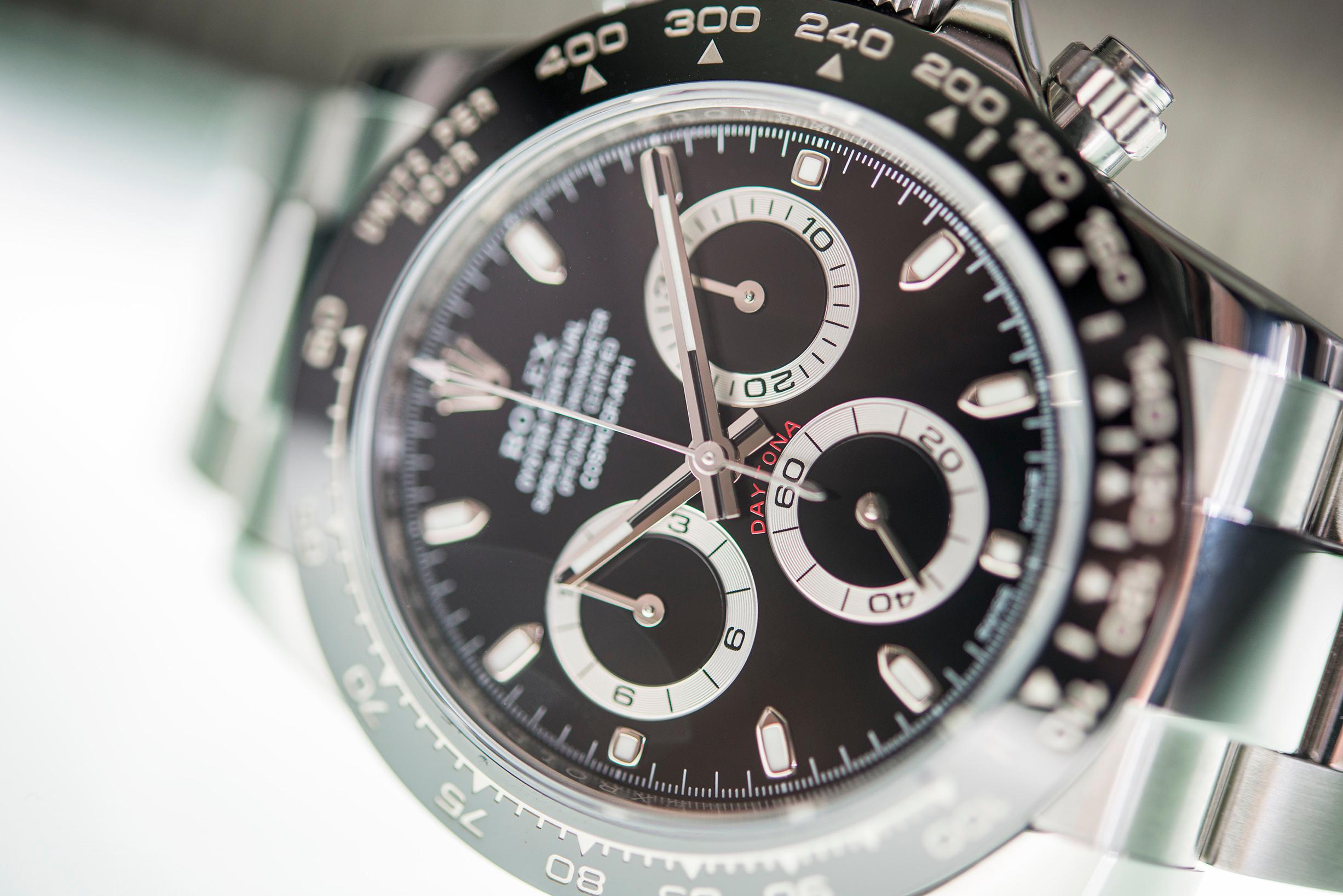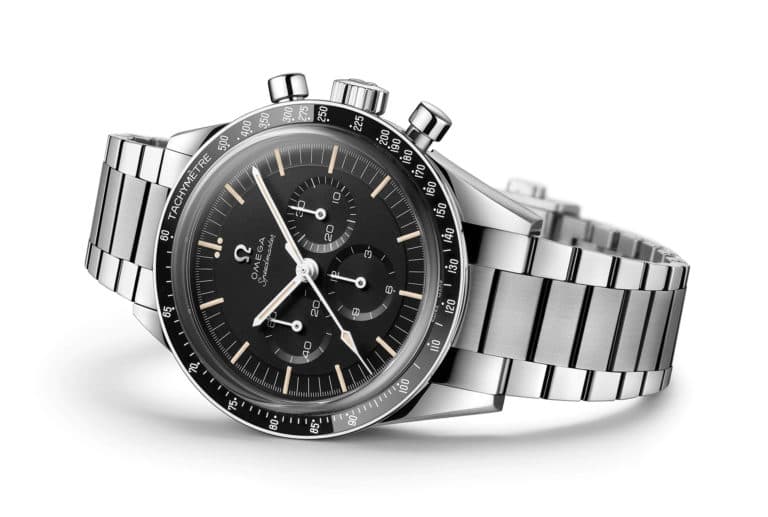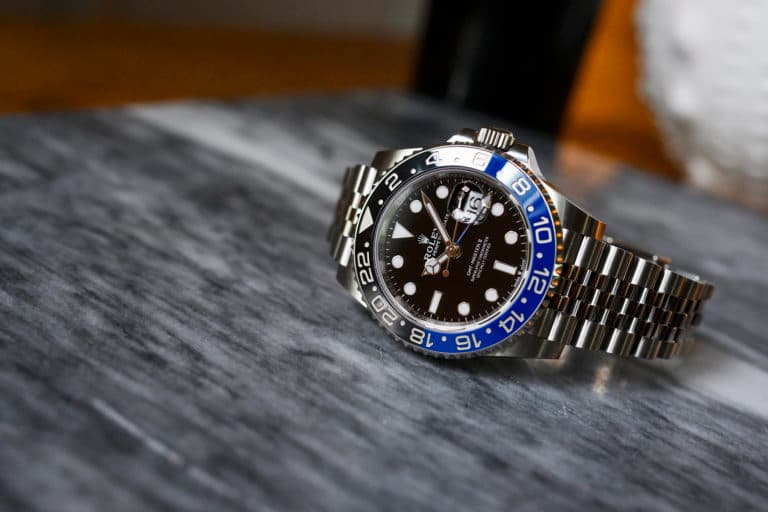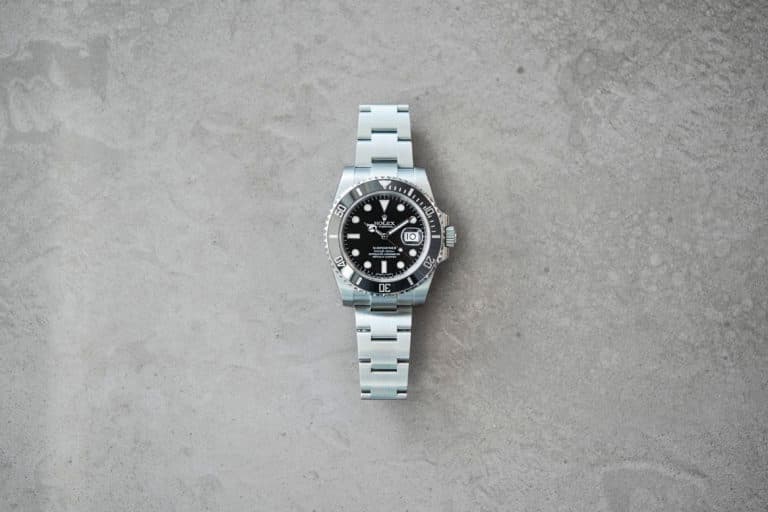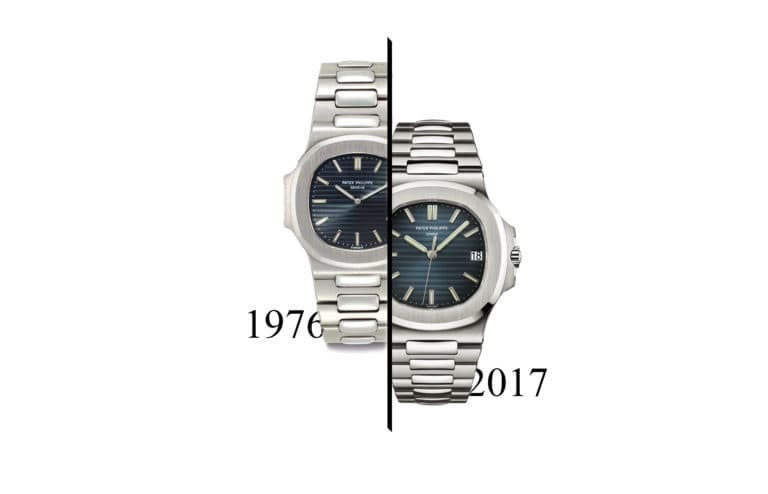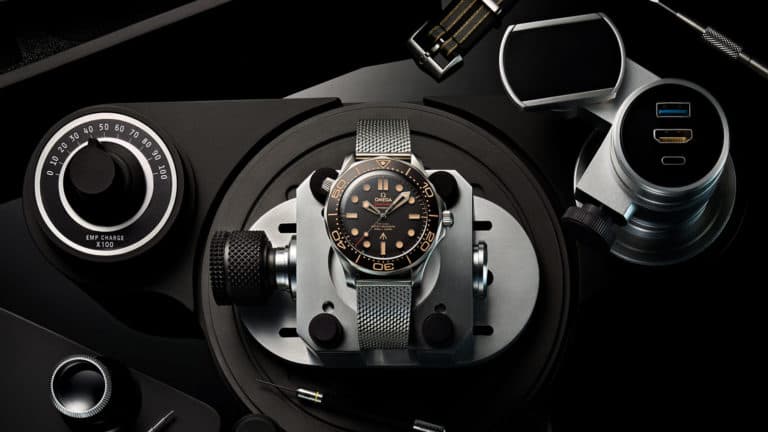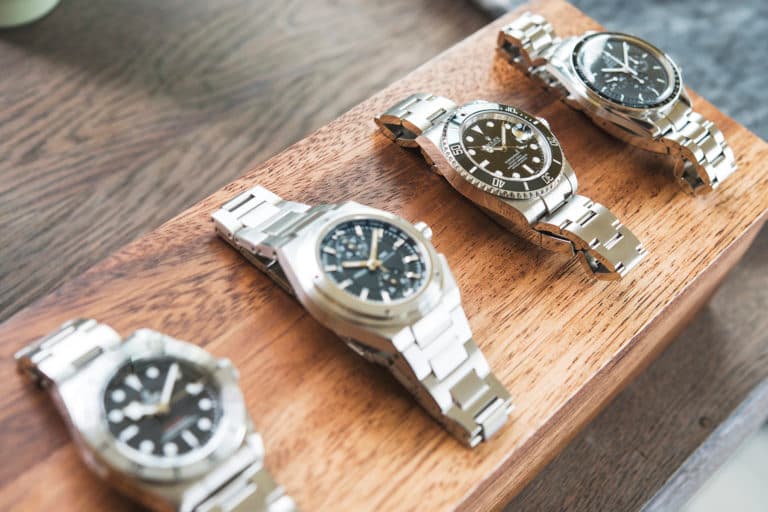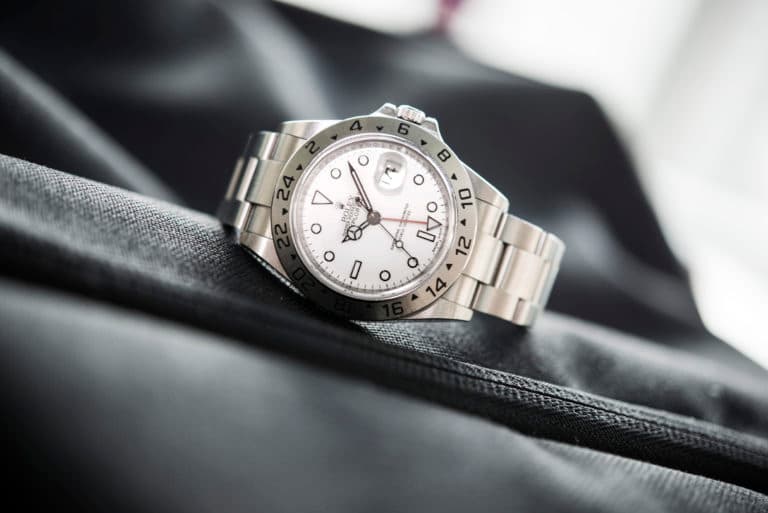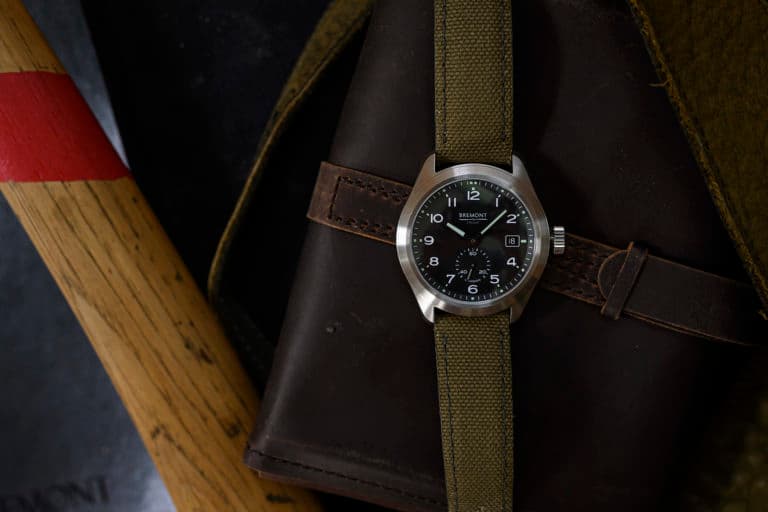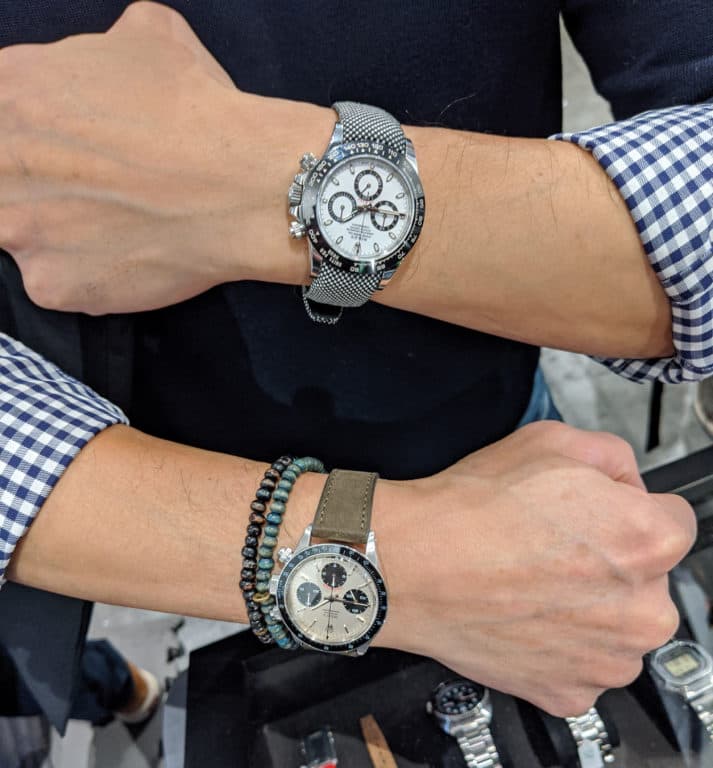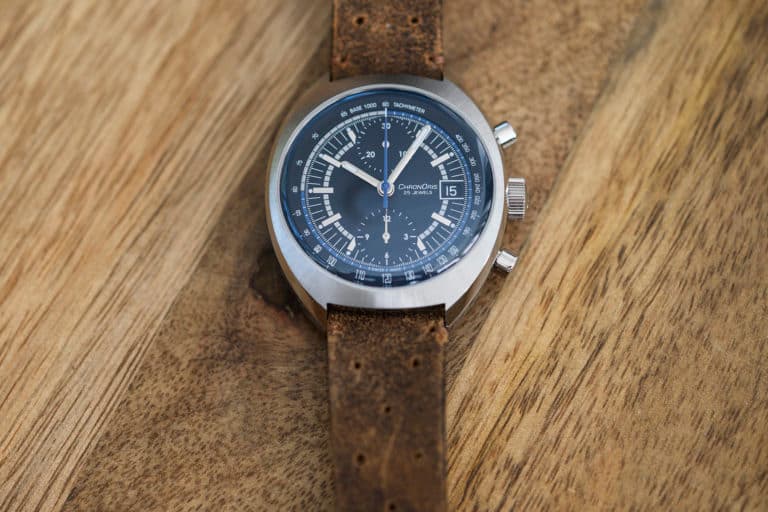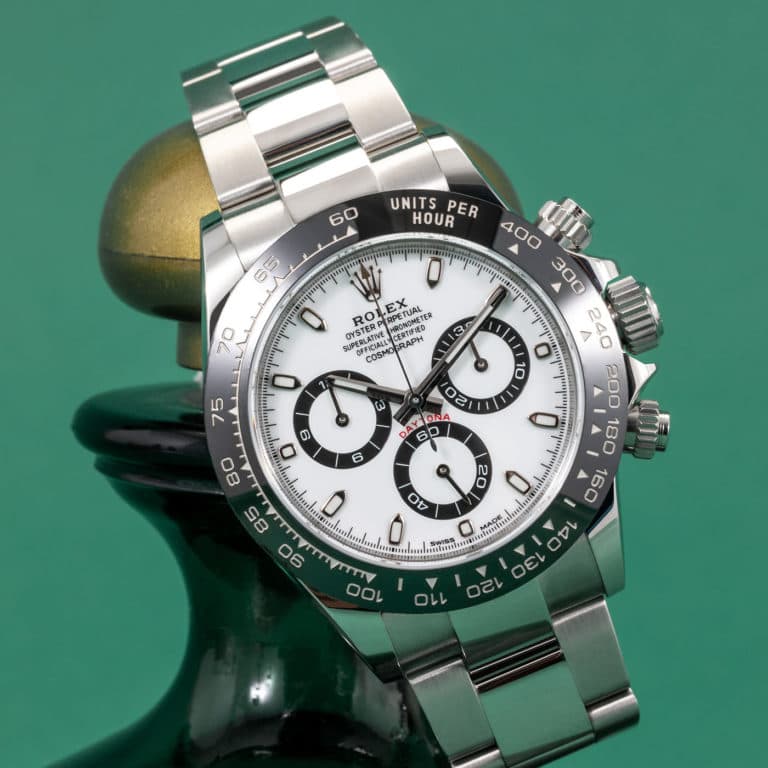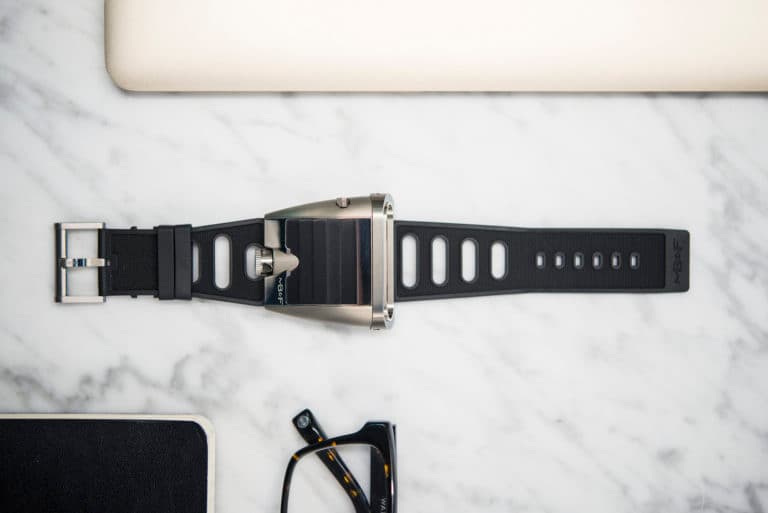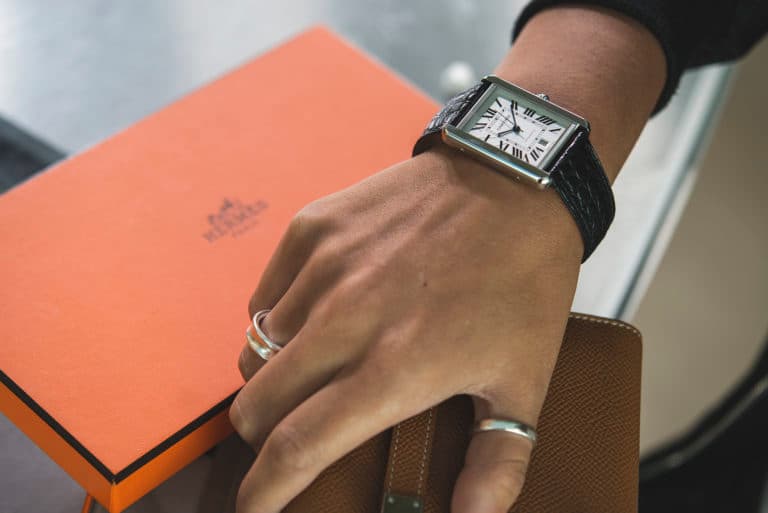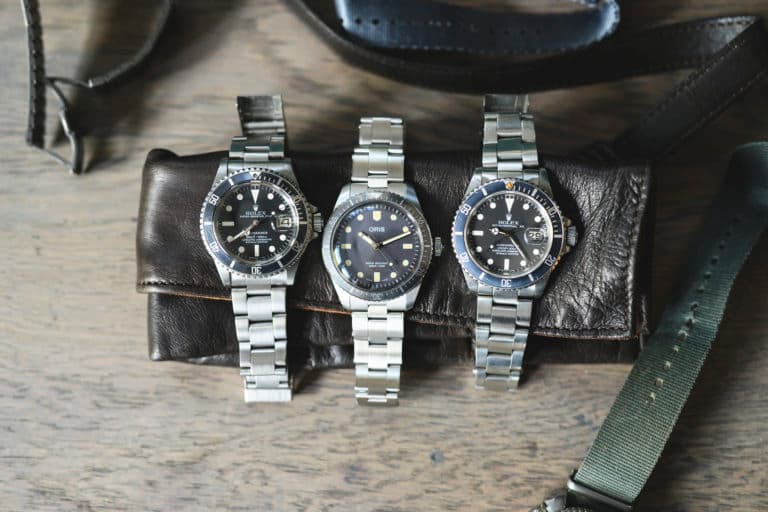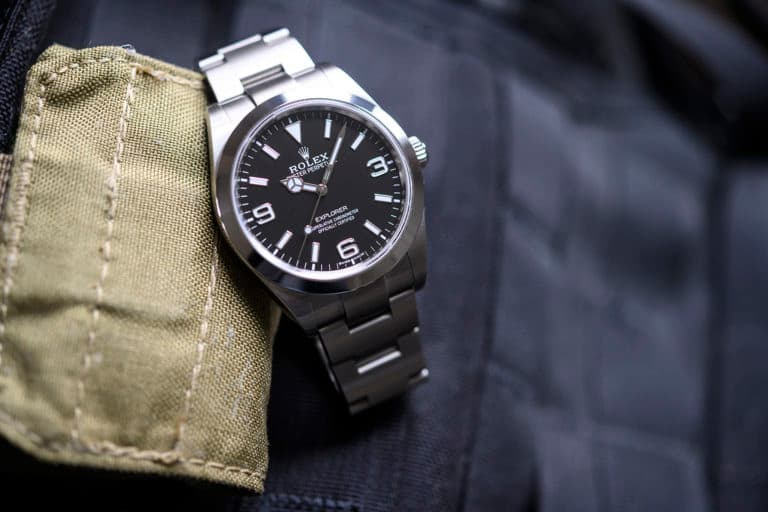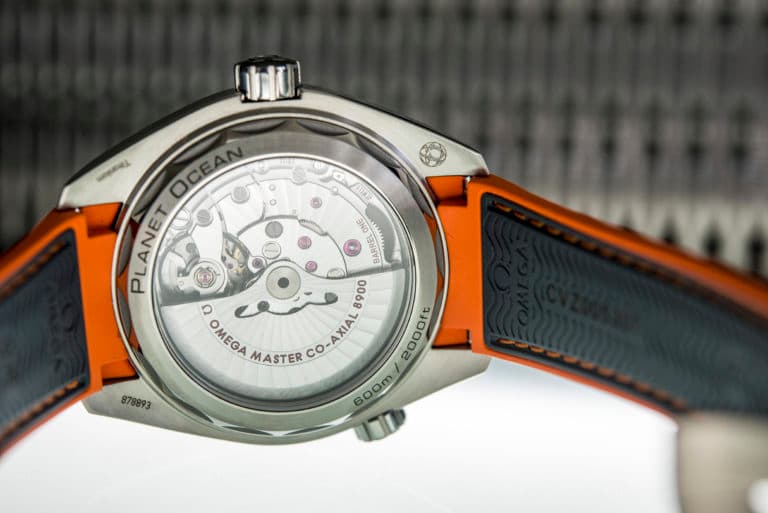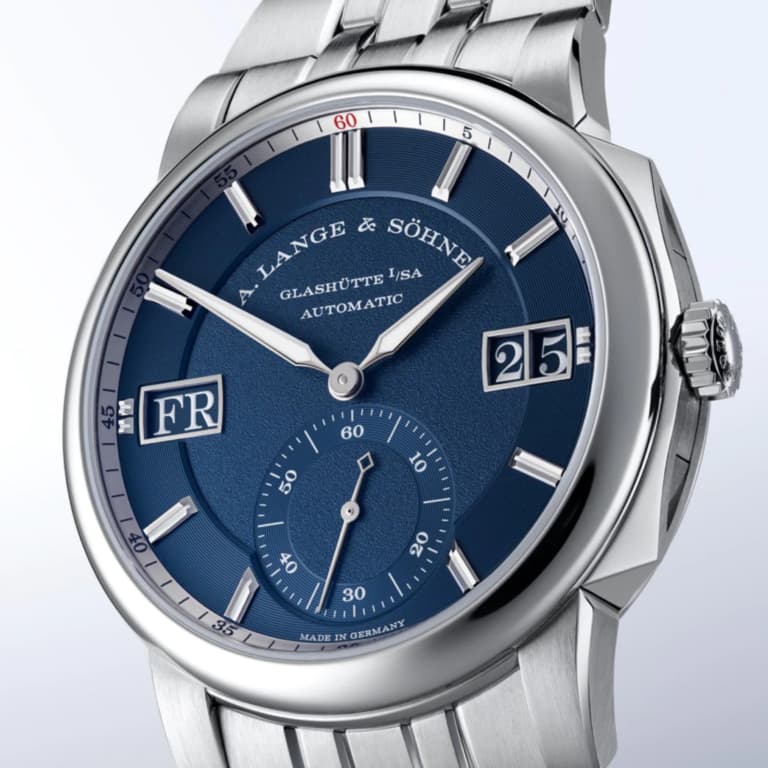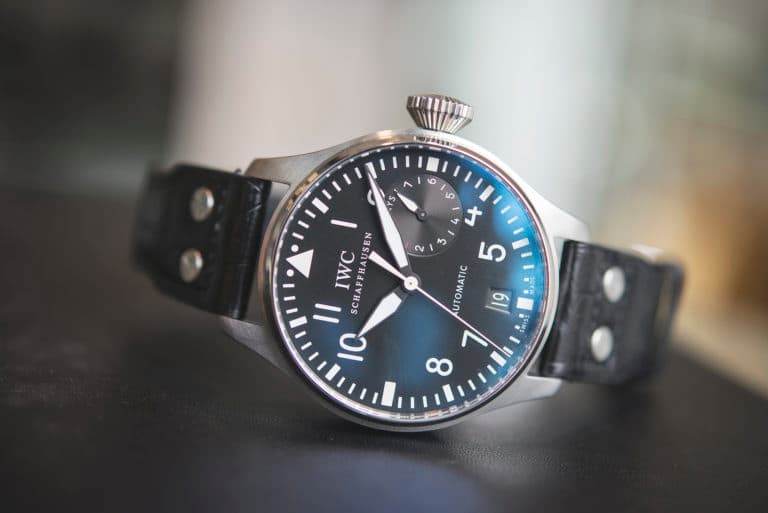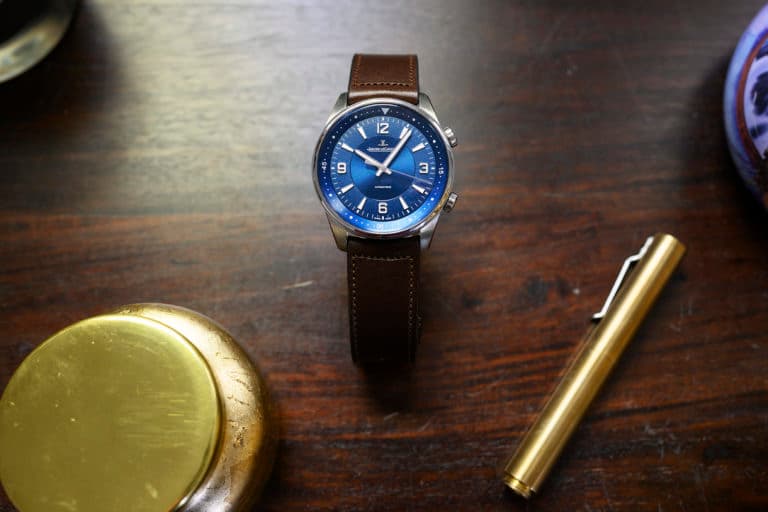Outside of a date window, the chronograph is probably the most recognizable wristwatch complication thanks to its inclusion of sub-dials and pushers along the side of the case. Famous examples include the Rolex Daytona and Omega Speedmaster. While the layout is undoubtedly familiar, the chronographs exact purpose remains a mystery to many. What’s more, the chronograph comes in a variety of flavors, from a basic timer, to more complex executions such as the flyback and rattrapante.
To be clear, a chronograph is not the same thing as a chronometer, which we’ve already covered, right here.
First things first, what’s a chronograph? Put simply, a chronograph is a device that allows for the recording of time. The more precise, the better (obviously). As found in a mechanical wristwatch, the chronograph has dedicated timing hands to record the passage of seconds, minutes and hours (or some combination thereof). See a breakdown of the timing components (labeled in red) of a standard chronograph, the venerable Zenith El Primero, in the graphic below:
Now that we’ve got our bearings, let’s take a look at how it all works, along with explaining some different types of chronograph you’re likely to come across.
The long hand of a chronograph is usually the timing seconds hand, meaning it remains stationary until the wearer begins timing an event. This part can be confusing, as the long hand is generally the regular running seconds hand on non-chronograph watches. The running seconds hand is relegated to one of the smaller sub-dials. This is done for practical purposes, making it easier to get a quick read on the timing, as well as making for a more precise track against which the hand can time (ie. quarter or eighth second intervals).
Should you need to time an event longer than 60 seconds, you’ll need to use the sub-dials containing the timing minutes hand, and if needed, the timing hours hand. As the timing seconds hand make a full run around the dial, the timing minute hand will record the elapsed minute. Timing from there is pretty self explanatory. Some chronographs only have a timing minute counter, meaning they rely on just 2 sub-dials. Additionally, the timing minutes sub-dial may come in 15, 30, or 45 minute flavors.

The Omega Speedmaster Dark Side of the Moon, which uses just two sub-dials, and consolidates the minute and hour timing hands into a single register at 3 o’clock.
How do you operate all that? This is where the pushers that flank the crown come into play. The pusher to the north, or at 2 o’clock, is used to start and stop the chronograph. A single push will send the timing seconds hand into motion, while a second push will bring things to a halt, allowing you examine the elapsed time. If you’re keeping track of how long the pizza’s been in the oven, you may not need to examine the elapsed time in too much detail, but if you’re at the track or trying to boil the perfect egg, it comes in handy.
After timing your event, the whole system can be reset with a single press of the pusher at 4 o’clock. Some sport watches, such as the Daytona or Royal Oak, require the user to unscrew the pushers before use, thus reducing the likelihood of any accidental timing, or disruption of timing.
Pretty straightforward, and compared to some other complications, fairly simple to use. That is, until you move into fancier executions of the chronograph, like the flyback and the rattrapante. These complications add a layer of complexity to the movement, and bring a level of cache to the manufacture just as much as they bring additional functionality to your timing abilities.
https://var/app/current/news-tmp-0801.youtube.com/watch?v=-Or2hCfqSek
As shown in the video above from Baume & Mercier, the flyback chronograph allows you to time multiple events in succession. Operation is the same as above, only now you can press the ‘reset’ pusher while the chronograph is timing. Doing so will begin a new timing cycle, sending the timing seconds hand flying back to the top of the dial (see what we did there?). This allows you to time consecutive events, like multiple laps around a track, or a second batch of eggs. Stopping and resetting functions are unchanged.
A rattrapante (pronounced ratt-ra-pont) chronograph also allows you to time multiple events, but unlike the flyback, you can time multiple events at the same time. Instead of one timing seconds hand, a rattrapante has two stacked on top of one another. Starting the chronograph sends them both into action, and with the help of an additional pusher, the second timing seconds hand can be stopped, reset, or synced up with the first, independently. Famous examples include the Patek Philippe 5204 and the A. Lange & Sohne Double Split, the latter of which is also a Flyback, and has stacked timing minute hands. See it in action right here:
https://var/app/current/news-tmp-0801.youtube.com/watch?v=At9Q1BaG8FE
The mechanisms employed by these and even basic chronographs differ by a wide margin as well, and that’s a rabbit hole for another day. The above should, at minimum, get you up and running with your chronograph, or give you a little more confidence to buy one of your own. Below find a selection of some classic chronographs available on StockX right now.
Audemars Piguet Royal Oak Chronograph
A classic shape from the 70’s meets the the classic sport complication in the chronographs. Compared with other chronographs, the Royal Oak is effortless to wear thanks to its svelte case and comfortable bracelet. There’s a low Ask listed $18,500 on this watch right here.
Omega Speedmaster Professional
There can not exist a list of chronographs without mention of the Speedmaster. It’s a watch that helped put the complication on the map. It features the definitive chronograph design, hand-wound, pump pushers (they don’t need to be un-screwed), and one hell of a history. There’s a low Ask currently listed at just $3,600 right here.
Along with the Speedmaster, the Daytona can call itself a foundational chronograph, a watch that’s paved the path for countless designs and inspired dozens of look a likes. When you strap one on your wrist, you’ll know why. There’s an exceptionally low Ask listed at $15,800 on this new example right here.
IWC Top Gun Double Chronograph
The IWC Top Gun Double Chronograph features a black ceramic case, nylon fabric strap, a double split chronograph complication, all for under $8,000 (at present). There’s not much else that needs to be said about this one. There’s an Ask for this watch listed at $7,900 right here.


